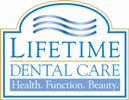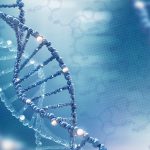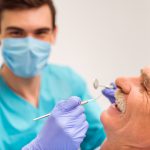
In many, if not most dental offices, the dental hygienists are the engine that makes the practice go. Clinicians like Lori Appehans are providing optimal treatment by choosing to utilize salivary diagnostic technology. It is my sincere hope that her patients understand how well they are being taken care of. It was certainly my pleasure to discuss the impact of salivary testing with Lori.
Dr. Nagelberg: Tell me why you started to use OralDNA salivary diagnostics.
Lori, RDH: We were frus...
Read More









